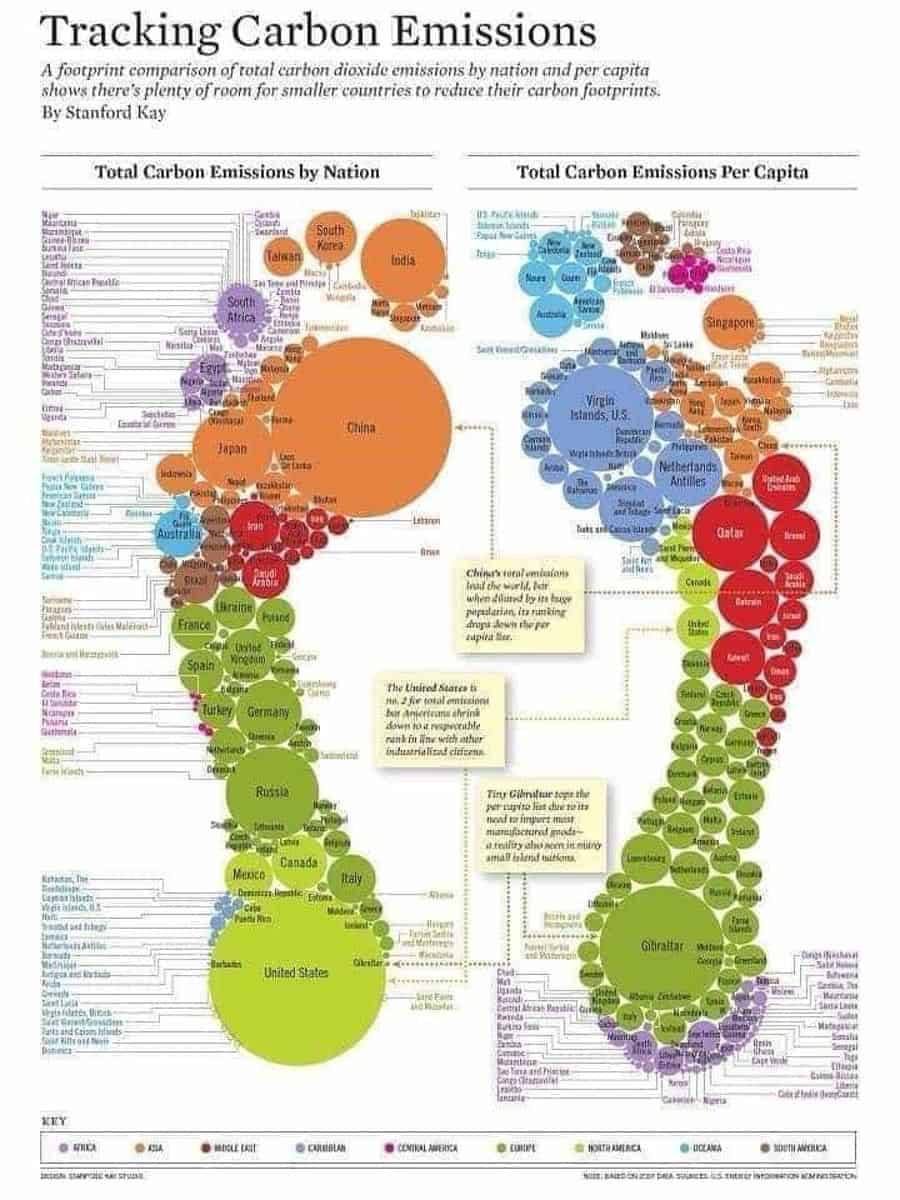Saving large carnivores
Young, independent professional expert about landscape, strategic assessment and natural restoration Mr. Dario Botti Landscape & Environment Architect is sharing with us few ideas how to save large carnivore.
Large carnivores, as predators on top of food chains, have many direct and indirect positive effects on ecosystems. For instance, Ordiz, Bischof and Swenson, in their paper “Saving large carnivores, but losing the apex predator?” (2013) summarize a long list of ecological effects, subdivided in: lethal and consumptive; and non-lethal, non-consumptive, behavioural.
Negative effects can be direct, like regulation of prey population size and indirect, like facilitation of scavengers.Lethal and consumptive effects can be direct, like regulation of prey population size and control of smaller predators; and indirect, like facilitation of scavengers, facilitation of biodiversity and soil composition. Direct non-lethal, non-consumptive, behavioural effects on prey include influence on behaviour and habitat use, herd size, reproductive physiology, phenotypic responses and natural selection.
Indirect non-lethal, non-consumptive, behavioural effects include prey population dynamics, limitation of herbivory, maintenance of riparian plant community and river morphology. In short, large carnivores generate a so-called trophic cascade that induce changes in the entire ecosystem.
Hunting cannot replace the trophic cascade induced by top predators.Unfortunately, these complex interactions and their multiple effects are rarely considered in wildlife management. It is also to note that hunting cannot replace the trophic cascade induced by top predators.
Human persecution and some management practices can easily lesser their ecological key role and affect negatively the ecosystem. Indeed, as Ortiz and his colleagues pointed out, while “Large-carnivore extinctions have had strong effects on biodiversity loss at ecosystem and global scales […], the numerical reduction and spatial restriction of carnivores as a consequence of human pressure, […] also hinder the effects and trophic cascades that carnivores facilitate.”
Some of the many negative effects of a diminished role of large carnivores are also widespread issues of our current landscapes, like overgrazed vegetation, reduced vegetation recruitment, alteration of plant communities, biodiversity loss and even invasive-dominated ecological states.
Therefore, provided that is possible, a long-term conservation of large carnivores deprived of their top ecological role it would be an only partially positive result. Stopping biodiversity loss is imperative, but it is not sufficient. It is necessary go further, preserving and improving natural processes, because, as observed by Monbiot (Feral, 2013) “… nature consists not just of a collection of species but also of their ever-shifting relationships with each other and with the physical environment”.

Wilderness areas offer a great opportunity to maintain vital population of large carnivores, because they meet perfectly a final recommendation by Ordiz and his colleagues to “establish core areas or large-carnivore reserves within large landscapes where human hunting is excluded”. Indeed, as stated by the current European definition, “a Wilderness is an area governed by natural processes. It is composed of native habitats and species, and large enough for the effective ecological functioning of natural processes. It is unmodified or only slightly modified and without intrusive or extractive human activity, settlements, infrastructure or visual disturbance.” Such Wilderness core areas could work as refuge and source of biodiversity.
Furthermore, they could spread ecological benefits to surrounding larger populated and exploited landscapes. It is to note that the need for large core areas is recognized for a long time. For instance, I would remember the proposals of Shelford (Naturalist’s Guide to the Americas, 1926) and Dorst (Avant que Nature meure, 1965). I think it is time to turn proposals into reality. Considered the current human power of destruction, our chance could be the last one.








